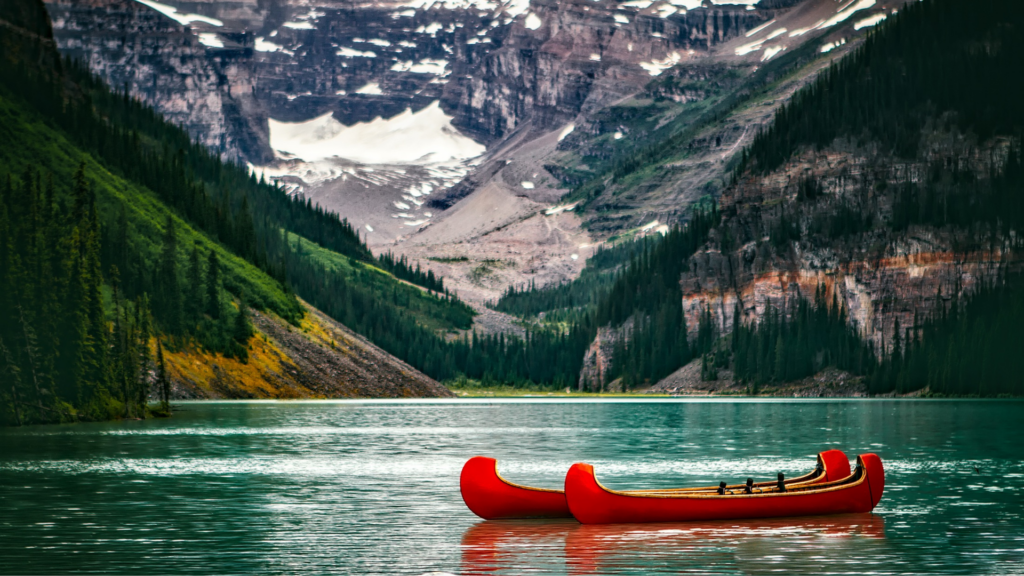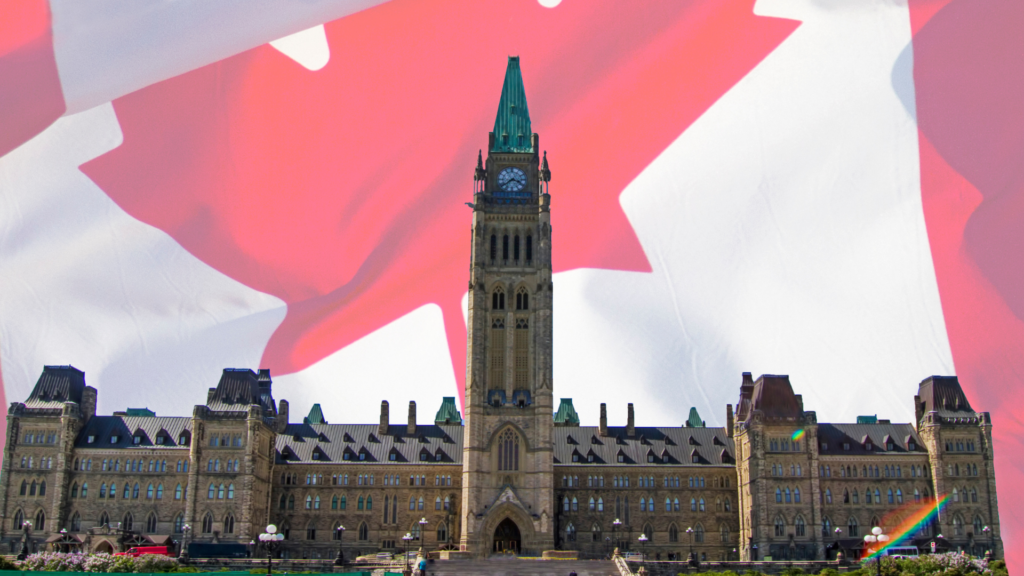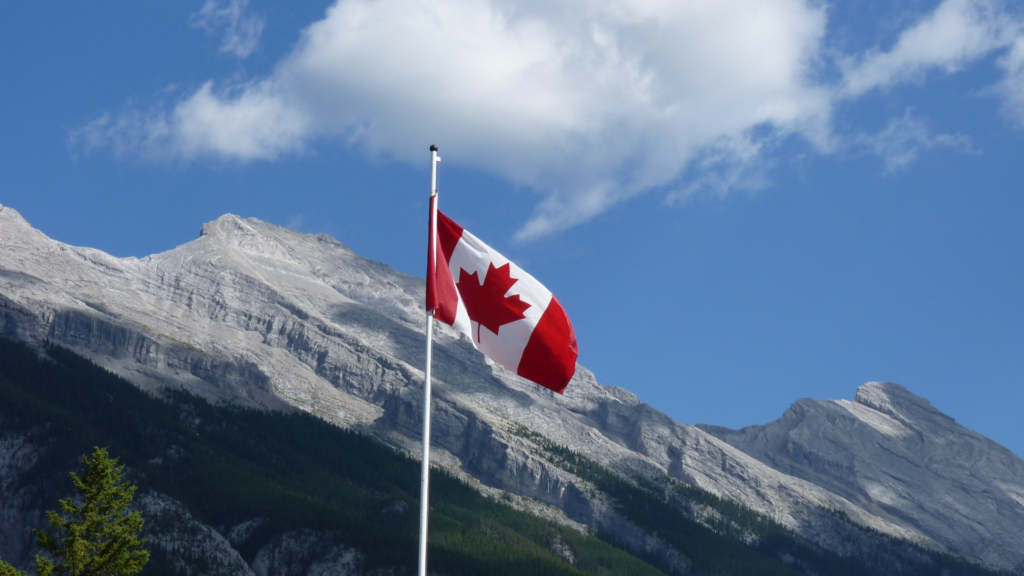My usually annoying morning energy was downright unbearable that day. The miracle happening outside my window jolted me out of my groggy-eyed stupor. It was still the first week of November, and we were already having the season’s first snowfall!
It was a miracle all right. What else do you call it when you wake up to a world coloured in a completely different hue, from the last time you saw it?
I stepped out to the balcony to get a closer look. Gloomy skies, sub-zero temperature, daunting chills, and the all-pervasive sheet of white. It was exactly as I had visualized it – Exquisite; and nothing like what I had been told repeatedly that it would be – depressing.
As I held my hand out, snowflakes landed on my palm. Lately, I had become more conscious of the fractal patterns in nature. Fall had just ended, leaving maple leaves speckled everywhere. That is where my intrigue had taken root. The concept of never-ending patterns within a pattern was fascinating to me. It is one of those things we see very often but hardly ever stop to look at. My running-time ruminations, as I call them, had awakened me to this primal side of my being, which recognized and found bizarre gratification in symmetry and repeating patterns. And then, there were some patterns like the lotus fruit and honeycombs that made me uncomfortable to simply look at. Yeah, they made my skin crawl.
I saw the fractals on the flakes. How each extension bore the same structure as the parent branch. Granular on their own, powdery when merged and rock solid, when fused, over a period of time. Versatile and beautiful, in my opinion. What exactly was so scary about the snow, I wondered!
Over the next couple of weeks, my liking for Winter – the cold and the snow, only grew. Every time I stepped out of the house, for a walk, a run, for some errands or simply to go to college, I would take my time marvelling at the beauty of the snow. This single phenomenon that had the ability to change the appearance of the entire landscape – was very powerful to me.
I would find myself turning fistfuls of snow into balls and hurling them at imaginary friends. I would randomly sit on small snow hummocks by the frozen river, listening to music, for hours on end. I would ditch any form of motorized transport for a long walk in the snow, enjoying every moment of it. But also, all this while, trying to make sense of how most people reacted to the exact same phenomenon.
The first time I met my course co-ordinator at college, Amy, it was very snowy and a little stormy outside. Realizing that I was new to Canada, she looked for signs of perplexity and exasperation in her interaction with me, since it had been snowing consistently for a couple of days by then. But my upbeat demeanour and specially my fondness for the snow seemed to baffle and even annoy her. She abruptly ended the conversation by saying something vague like “We will see how you love it when you have to come to school walking in these snowstorms!”.
This shook me up a little. But subsequently, everyone who asked me about how I felt regarding the climate and the snow, seemed to display similar behaviour. They were clearly disappointed that I was indeed enjoying my first winter here. “We will ask you again by the end of the season”, or “I’ll see if you feel the same about it in 5 years”, these were the most common responses from people.
It took me a while to realize something about us, as a race. Human beings love the concept of control. Most seek to control, while some others want to be controlled. And one of the most effective forms of exercising control is fear. Fear that we project on to other people. Fear that we gather from external sources. Fear, that we hardly ever give a fair chance to; to look at it objectively and deal with it for what it really is. Nothing to fear but fear itself, as Roosevelt once said.
So, what was it about me dressing light in the snow and enjoying it, while friends walking alongside asphyxiated themselves with the tightly buttoned, enormous jackets, that irritated them? They would always throw in an unsolicited word of caution, aimed at invoking fear about the weather. I was more curious about why people reacted to the snow and the cold in this way in the first place.
I remember having read an extensively about life in Canada as a new immigrant before I moved here. Each and every one of those pieces talked at length about “surviving” the cold. How the weather conditions were “harsh” and how life became difficult during winter months. Worst, they talked about Winter depression. That the lack of Vitamin D or some such concocted gibberish, which works superbly for the ‘health supplements’ industry, led to widespread depression among the population. Could that be the reason that most immigrants here had a preconceived notion about the cold? Were they coming to Canada already scared and retaining that fear throughout, never even giving winter a chance?
In a nutshell, most conversations about winter turned into a serious pity party. People revelled in complaining about the cold and being miserable. And misery loves company. Therefore, an anomaly like me was not welcome to the club.
I continued my morning runs on the snowy trail. The snow was still powdery and non-intrusive. My only apprehension was that it would solidify soon and become slippery, posing a problem for running. I asked my friends and acquaintances about running in the snow and how to manage it. In turn, I was seen as a deluded new immigrant and my queries were poopooed.
As December approached, there were fewer people on the trail. The ice had begun to congeal in the layers below the superficial coat of granular snow. Running with utmost caution now, I was sad at the possibility of giving up running for the rest of the winter.
“Hey! Where are your running cleats? You want a broken limb or something?”. Ah! Diane, the senior lady with an adorable black pooch – always the voice of reason! She was one of the first Canadians who had struck up a conversation with me when I first came here. She seemed to have an opinion on EVERYTHING! Specially amusing to me was her diatribe on a certain leader south of the border. Always lively and cheerful, I would see her out and about, even on the windiest of days. Why hadn’t I thought of asking her before?
“Running what? What was it that you just said?”, I asked, my curiosity peaking. She replied in her usual, animatedly high-pitched voice “Cleats! C-L-E-A-T-S! You know, those strap-on thingies for your shoes, with screws on the sole, to latch on to the ice below!”
Next, she caught sight of an unsuspecting runner, called out to him by his name, Joel, causing him to halt mid-stride. “Okay, you have got to help out this greenhorn here! Show her your running cleats, PRONTO!”. Joel, always light on his feet and a regular on the trail, whom I exchanged a spirited “hey!” with, every now and then, obliged. An awkward smile swept across his face, he lifted and turned his foot to reveal the magic prop I had been looking for, all along!
There can be a hundred reasons not to do something, but just one reason to do it should be enough. And here I had two. Diane and Joel, frolicking in the snow, I realized, had a different energy. Regardless of their age and physical constitution, their aura was uplifting. That was the kind of people I would want my life lessons from. If I needed to know about Canadian winters, I would rather approach a Diane or a Joel than any of those who wouldn’t even step out just because it was “too cold”.
Nature carries its tendency of repeating fractals in the human species too. Our anatomies and organs, the way they are structured, bear testimony to this. However, I suppose it doesn’t end there for a race as evolved as ours. We display repetitive mental patterns too. Only, in this case, we get to choose what pattern we find more appealing. What we find aesthetic and what pattern revolts us. The choice we make shapes not only the way we think but also how we influence others and help them form their thinking paradigm.
Is this not a decision of great significance then, as to what group we must reach out to, for information or advice? If there has to be a repetition of patterns within a primary pattern, this primary pattern is what all it all boils down to.
I went out the next day and got myself those cleats. That took my ‘running in the snow’ experience to a whole different level. I continued running consistently for the remainder of the Canadian winter – come rain, come snow; much to the amazement of my own family and friends.













